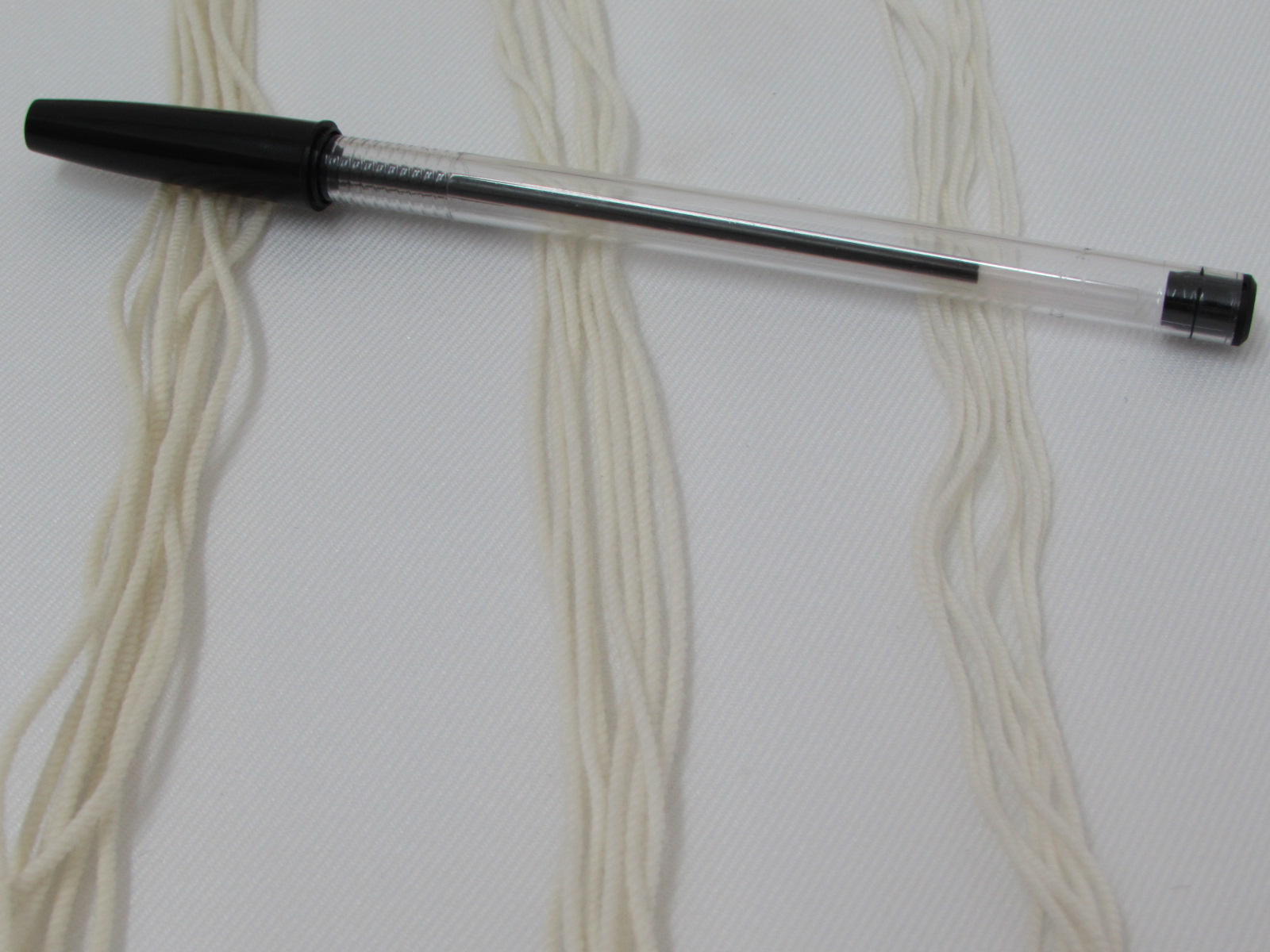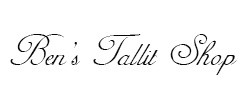Many tallits leave the manufacturer with thin, machine-spun tzitzit tied on according to the Ashkenazi tying custom. Many customers opt to upgrade to all-white hand-spun tzitzit strings because they want thicker strings, because they want a tying custom other than Ashkenazi (e.g. Sephardic, Yemenite, Chabad, etc.) or based on halachic considerations. In these cases the machine-spun tzitzit are simply snipped off and we tie on the replacements from scratch.
And of course today many tallit buyers opt for techelet tzitzit.
High-end black-striped and white-striped tallits typically leave the factory without tzitzit.
The difference between thin and thick is fairly noticeable, but now that medium thickness is also available, the difference between thin and medium or medium and thick is a bit hard to discern without close examination.

Comparing thin, medium and thick tzitzit strings can get tricky, because different tzitzit makers have different standards. One company might make their thick just slightly thicker than another company's medium.
For example, Mishkan Hatchelet strings makes their their medium almost exactly the same as most companies' thick, and the Mishkan Hatchelet thick is noticeably thicker, so that I would really call it "extra thick." Whether this is a plus is a matter of debate: some people really like very thick tzitzit, while others might say the knots look a bit too bulky.
When it comes to techelet tzitzit, both Ptil Tekhelet and Chabura Techeiles make their "thick" somewhere between medium and thick. The only way to tell for sure is to take a look at the label on the packaging. If you see the word עבה that means it's thick. If the thickness is not mentioned on the packaging, then it's thin.
 United States Dollar
United States Dollar
 Shekel
Shekel
 Euro
Euro
 British Pound
British Pound
 Australian Dollar
Australian Dollar
 New Zealand Dollar
New Zealand Dollar
 Canadian Dollar
Canadian Dollar
